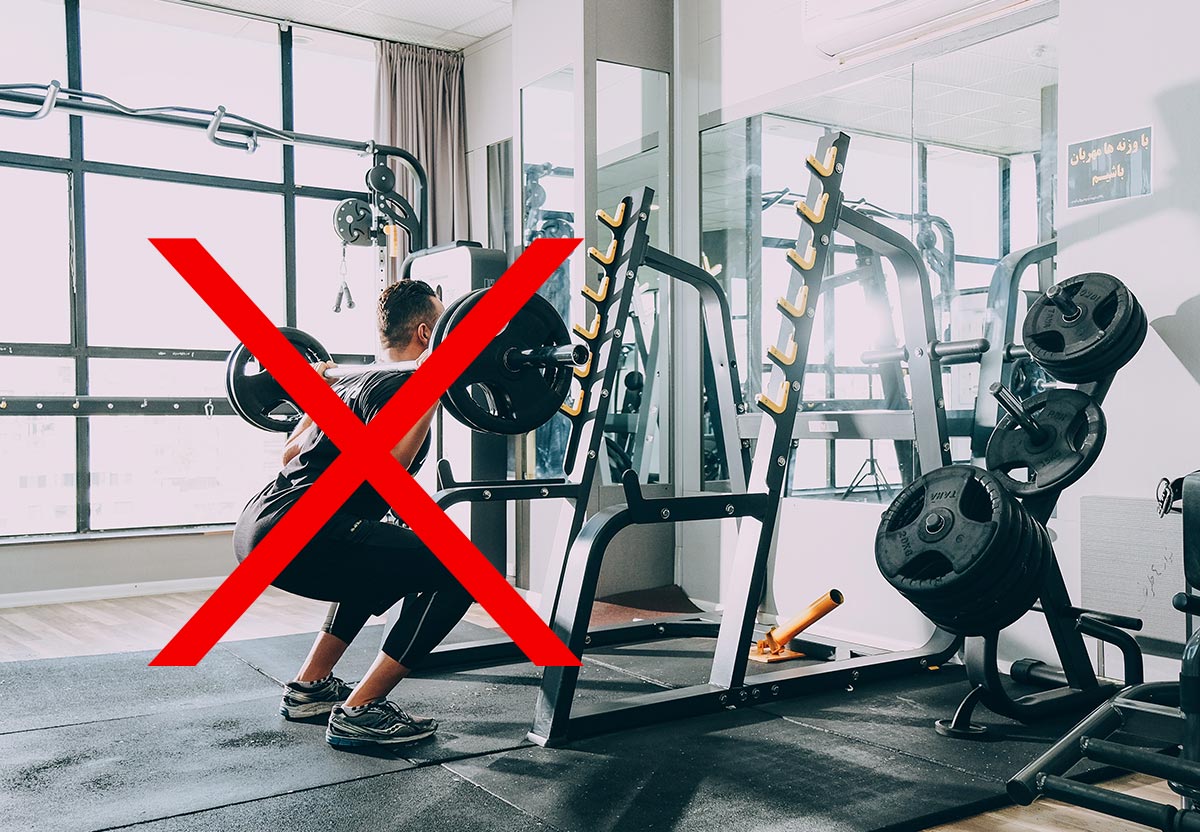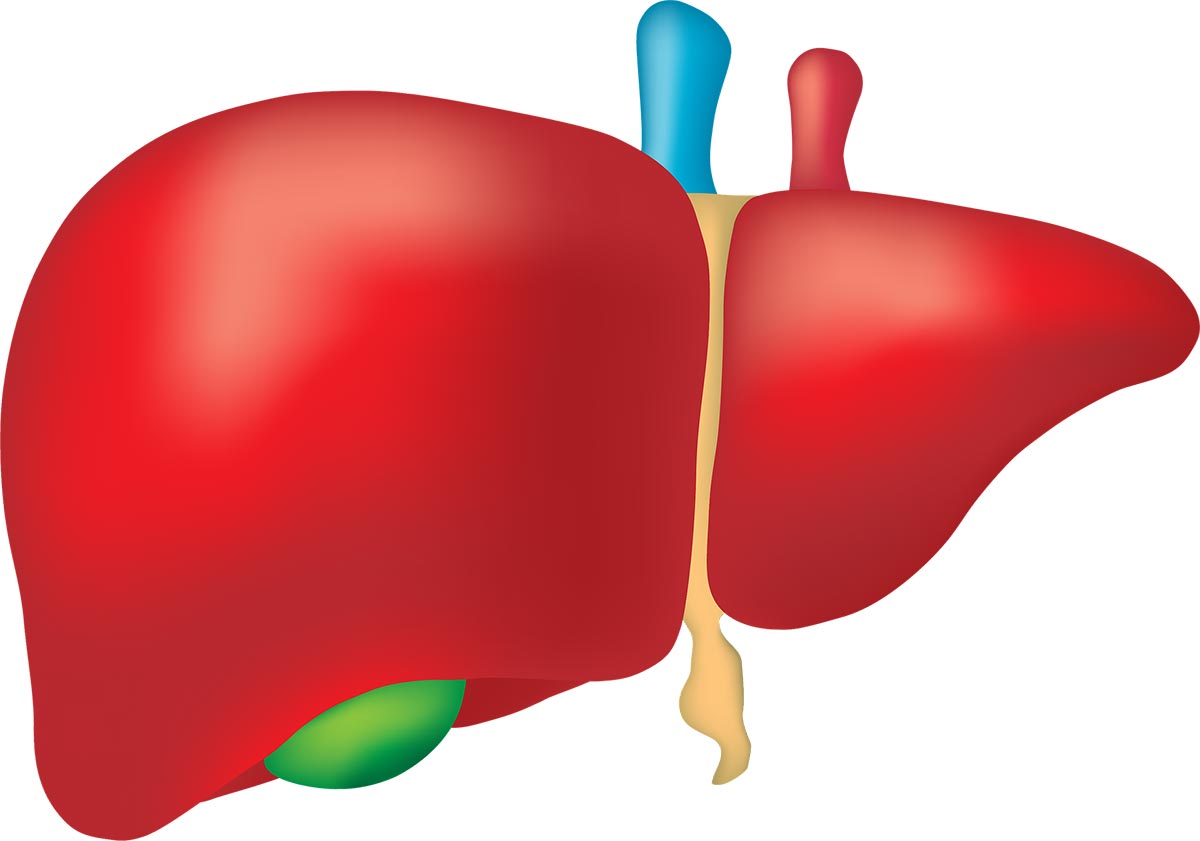One of the most straightforward ways to enhance the effectiveness of your training is to extend the time you spend exercising. While it may seem intuitive that more time equals better results, the quality of that additional time matters. Research suggests that increasing duration beyond 60 minutes for strength training or 90 minutes for endurance workouts can lead to diminishing returns due to fatigue and potential overtraining. However, strategically extending workouts, especially in phases of progressive overload, can be beneficial.
Increasing Resistance for Strength Gains
Progressive overload is a cornerstone of strength training, meaning your muscles need a constantly increasing challenge to continue adapting. Simply adding more weight isn't always the best approach. Instead, incorporating techniques like drop sets, pyramid training, or tempo variations can amplify muscle engagement. Recent studies indicate that time under tension plays a crucial role in hypertrophy, meaning controlled, deliberate movements with heavier resistance are often more effective than fast repetitions.
Optimizing Speed and Intensity
Exercise speed and intensity can significantly impact how much work your body does in a session. High-Intensity Interval Training (HIIT) has gained popularity due to its ability to maximize calorie burn and cardiovascular efficiency in short periods. Studies show that alternating between short bursts of maximal effort and active recovery can elevate post-exercise oxygen consumption (EPOC), keeping metabolism elevated even after training ends. Integrating HIIT training principles into strength or endurance workouts can yield time-efficient results.
Increasing the Distance You Cover
Whether running, cycling, swimming, or rowing, distance is a simple yet effective factor in boosting workout productivity. Incrementally increasing distance over weeks ensures steady cardiovascular improvement and muscular endurance development. However, maintaining a balance between volume and intensity is essential to prevent overuse injuries. Research supports a structured approach where weekly mileage or duration increases by no more than 10% to avoid unnecessary strain.
Grip Adjustments for Strength
Grip modifications can influence muscle activation significantly, particularly in resistance training. A wider grip in exercises like bench press or pull-ups emphasizes different muscle groups, while a narrow grip targets others. Studies reveal that an overhand grip in deadlifts recruits more upper back engagement, whereas a mixed grip allows for heavier lifts due to enhanced grip stability. Incorporating various grips in your routine can prevent muscle imbalances and increase total workout effectiveness.
Foot Positioning and Biomechanics
Adjusting foot stance in exercises such as squats, lunges, or leg presses shifts the biomechanical loading and muscle recruitment. A narrower stance often engages more quadriceps, whereas a wider stance places greater emphasis on the glutes and hamstrings. Research in sports biomechanics confirms that stance width can be optimized based on individual mobility and muscular development needs, making small tweaks highly impactful.
Diversifying Exercise Modalities
Cross-training is a powerful way to increase overall fitness by challenging the body through different movement patterns. Studies highlight that athletes who incorporate multiple exercise modalities—such as weightlifting, endurance training, and flexibility work—experience lower injury rates and better long-term performance. Mixing modalities like resistance bands, plyometrics, and bodyweight training can enhance neuromuscular coordination and athletic ability.
Manipulating Elevation for Effort
Incorporating incline variations in workouts, such as treadmill running, stair climbing, or sled pushing, forces the body to work against gravity, significantly increasing exertion. A study found that walking on a 10% incline burns up to 67% more calories than walking on a flat surface at the same speed. Utilizing elevation strategically in both endurance and resistance training sessions amplifies workload and metabolic stress.
Emphasizing Eccentric Training
Negative (eccentric) training involves lowering weights more slowly than lifting them, maximizing muscle fiber recruitment and tension. Research indicates that eccentric movements contribute more significantly to muscle damage, leading to increased hypertrophy. Negative-only training, where the lifting phase is assisted but the lowering phase is maximally resisted, is a method used in advanced strength development. Incorporating eccentric-focused repetitions can enhance both strength and resilience.
Maintaining Proper Form for Efficiency
Many exercisers unknowingly reduce the workload on their muscles by relying on momentum, poor posture, or improper mechanics. Studies in exercise physiology confirm that strict form not only enhances muscle engagement but also reduces injury risk. Engaging stabilizing muscles, maintaining proper alignment, and executing full range of motion contribute to a more effective and safer workout.
Maximizing the "work" in your workout is about strategic adjustments rather than simply spending more time in the gym. Whether through increased resistance, varied grips and stances, optimizing speed, or integrating elevation and eccentric movements, refining these elements leads to more effective training. Balancing intensity, recovery, and proper technique ensures sustainable progress, preventing burnout and injuries while enhancing overall fitness.
References:
Studies from the American College of Sports Medicine, National Strength and Conditioning Association, and various sports science journals.













